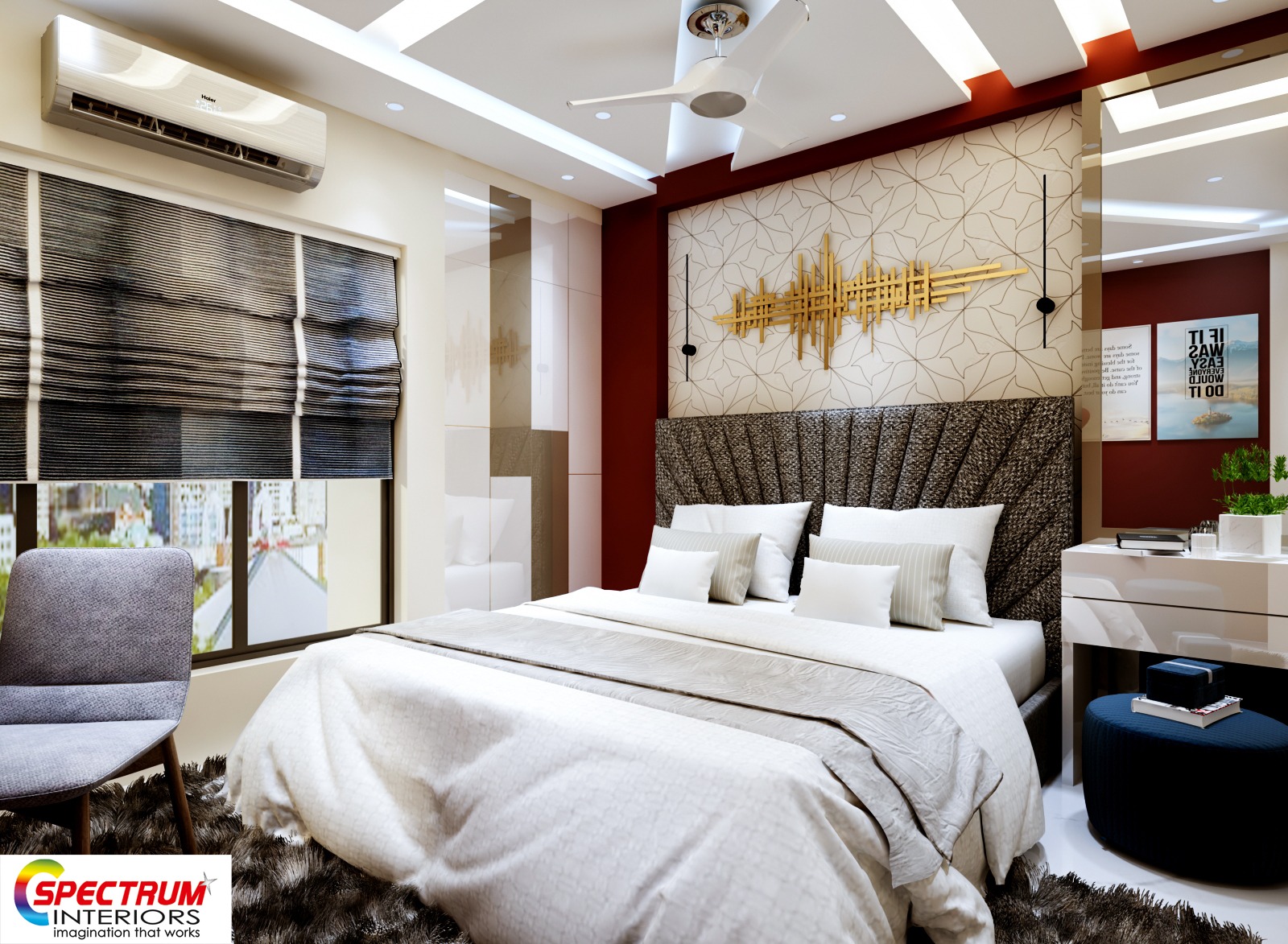Work with professionals in luxury interior design to craft a beautiful space.
Work with professionals in luxury interior design to craft a beautiful space.
Blog Article
Transform Your Home With Necessary Principles of Interior Decoration and Aesthetics
By understanding the influence of shade theory and the significance of structure and patterns, one can develop spaces that are not just visually appealing yet also deeply personal. Attaining this stability involves more than plain decoration; it includes a tactical plan and an eager understanding of just how each element interacts within an area.
Comprehending Shade Theory
Color theory is a fundamental aspect of indoor style that dramatically influences state of mind, assumption, and general visual. Comprehending the principles of color concept allows designers to create spaces that resonate psychologically with residents while meeting functional requirements (interior design firms). Shades can be categorized into 3 main kinds: key, secondary, and tertiary. Each category plays an essential function in developing harmony within a space.
The psychological impact of colors is extensive; warm hues such as reds and oranges evoke power and heat, while cool tones like blues and environment-friendlies promote peace and tranquility. Additionally, making use of complementary shades boosts visual interest, producing striking contrasts that can elevate a room's charm.
Neutral shades, on the various other hand, function as a versatile backdrop, enabling other design aspects to shine. It is important to consider variables such as lights and the room's purpose when picking a color scheme, as these can change the perception of shades throughout the day.
Ultimately, a well-considered color pattern can transform a space, cultivating a feeling of convenience and design that lines up with the inhabitants' choices. Mastery of shade theory is, for that reason, an essential skill for any kind of interior developer intending to produce harmonious and welcoming settings.
Attaining Equilibrium in Style
Just how can designers achieve a feeling of balance in their areas? Accomplishing equilibrium in style is fundamental to developing harmonious insides.
Unbalanced balance, on the other hand, counts on varying elements that still achieve a cohesive look. This strategy permits more dynamic and casual plans, supplying interest while keeping equilibrium. By thoroughly picking varying sizes, shades, and structures, designers can create a visually engaging area that really feels well balanced yet energetic.
Radial balance highlights a central centerpiece with elements radiating external. This style is frequently seen in round formats, where furnishings and decor develop a cohesive border that draws the eye internal.
Inevitably, achieving equilibrium requires thoughtful consideration of range, percentage, and the relationships between components. miami luxury interior design. By skillfully applying these equilibrium concepts, designers can change rooms right into environments that feel both visually pleasing and functionally harmonious, improving the general experience for owners
Value of Spatial Awareness

A keen feeling of spatial awareness allows developers to recognize centerpieces within a room, assisting the customer's focus to essential features while maintaining a total sense of unity. It additionally helps in the tactical placement of lighting, which can significantly affect the perception of area and state of mind. Recognizing spatial connections makes it possible for the developer to provide to the certain requirements of inhabitants, making sure that each area serves its designated purpose without compromising appearances.
Inevitably, spatial recognition is crucial for making the most of the capacity of any kind of interior area. By moved here very carefully considering the interplay between measurements, layout, and feature, developers can develop environments that not just meet useful demands however also evoke a sense of comfort and charm, enhancing the overall living experience.
Integrating Structure and Patterns
Welcoming a diverse series of textures and patterns can considerably enhance the aesthetic and responsive appeal of an indoor area. The critical use of numerous products-- such as wood, steel, fabric, and rock-- develops depth and rate of interest, making a space feel much more welcoming and dynamic. As an example, combining smooth surfaces with harsh structures can establish an equilibrium that attracts the eye and engages the senses.
When integrating patterns, think about both scale and repeating. Huge patterns can work as focal points, while smaller sized, refined styles can match other elements without frustrating the area. Layering patterns, such as pairing floral pillows with striped tosses, adds complexity and a feeling of consistency if executed attentively.
It is additionally crucial to keep a cohesive shade scheme, ensuring that textures and patterns interact instead of complete for attention. By selecting a couple of key textures look at here now and patterns, you can produce an unified visual that reflects your individual style while improving the total ambiance of the room. Inevitably, the cautious consolidation of these aspects can change a mundane room right into an innovative atmosphere abundant with personality and warmth.
Customizing Your Area
Creating a room that mirrors your character is important to achieving a truly welcoming setting. Personalization in indoor layout allows you to instill your distinct design and rate of interests right into your home, transforming it from a mere sanctuary into a refuge that speaks to that you are. Begin by picking a color palette that reverberates with your feelings-- vibrant tones can stimulate, while soft tones offer harmony.
Integrate artwork and design that show your passions, whether it be travel, nature, or abstract ideas. Presenting personal collections, such as publications, pictures, or keepsakes, can evoke valued memories and develop focal factors within a room. In addition, consider tailoring functional pieces, like upholstered furniture, to straighten with your aesthetic preferences.

Verdict
To conclude, the improvement of a home with the vital concepts of indoor layout and aesthetic appeal requires an extensive understanding of shade theory, equilibrium, spatial recognition, texture, and personalization. Each element contributes dramatically to developing an unified and useful living setting - luxury interior design. By thoughtfully integrating these concepts, individuals can improve the aesthetic charm and emotional resonance of their rooms, ultimately fostering a home that mirrors one-of-a-kind identities while giving comfort and practicality
Report this page